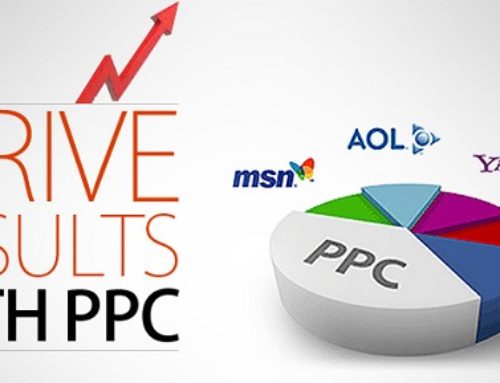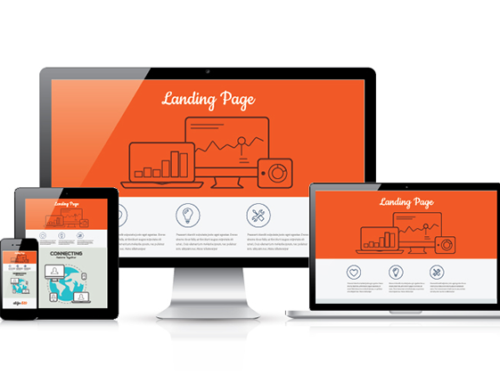If you’ve never had primary experience with a Google Ads campaign, you might not have an understanding of how Google determines the cost of your target keywords.
This element of Google paid search does carry a bit of a vague element. That’s why we wanted to shed some light on how your cost per click (CPC) is determined, and the mechanics behind what goes in to effectively lower the costs of a PPC campaign.
It all comes down to a ‘quality score’
Google has a unique method of calculation in place called a ‘quality score’. When a paid ad campaign is set up, a value is given to a keyword or keywords phrase contained within your paid ad every time your ad matches a search query.
A ‘quality score’ has the potential to:
- Directly influence your cost per click
- Affect how your ad gets ranked amongst other ads
- Determines eligibility for the ad to display
- Estimate the first page bids
The object of the game here is to achieve the best quality score possible, resulting in reduced campaign costs and a better ad position.
The art of cutting costs
It’s all a cost cutting exercise! But success isn’t that simple…
Like everything Google does, there must be a high degree of relevancy in order for your ad campaigns to perform to the best of their ability.
Your landing page relates directly proportionate to the success of your paid ads!
For your business to be running efficient, long-term paid ad campaigns you’ll need a successful landing page.
Landing page optimisation is the process of revving up a target landing page specifically for PPC performance. This could entail anything, from the customisation of build, split testing, to creating an entirely new webpage from scratch!
The bottom line is, there is a lot more that goes into pay per click campaigns than meets the eye.


